10 Video Games That Pioneered Online Multiplayer Before It Was Popular
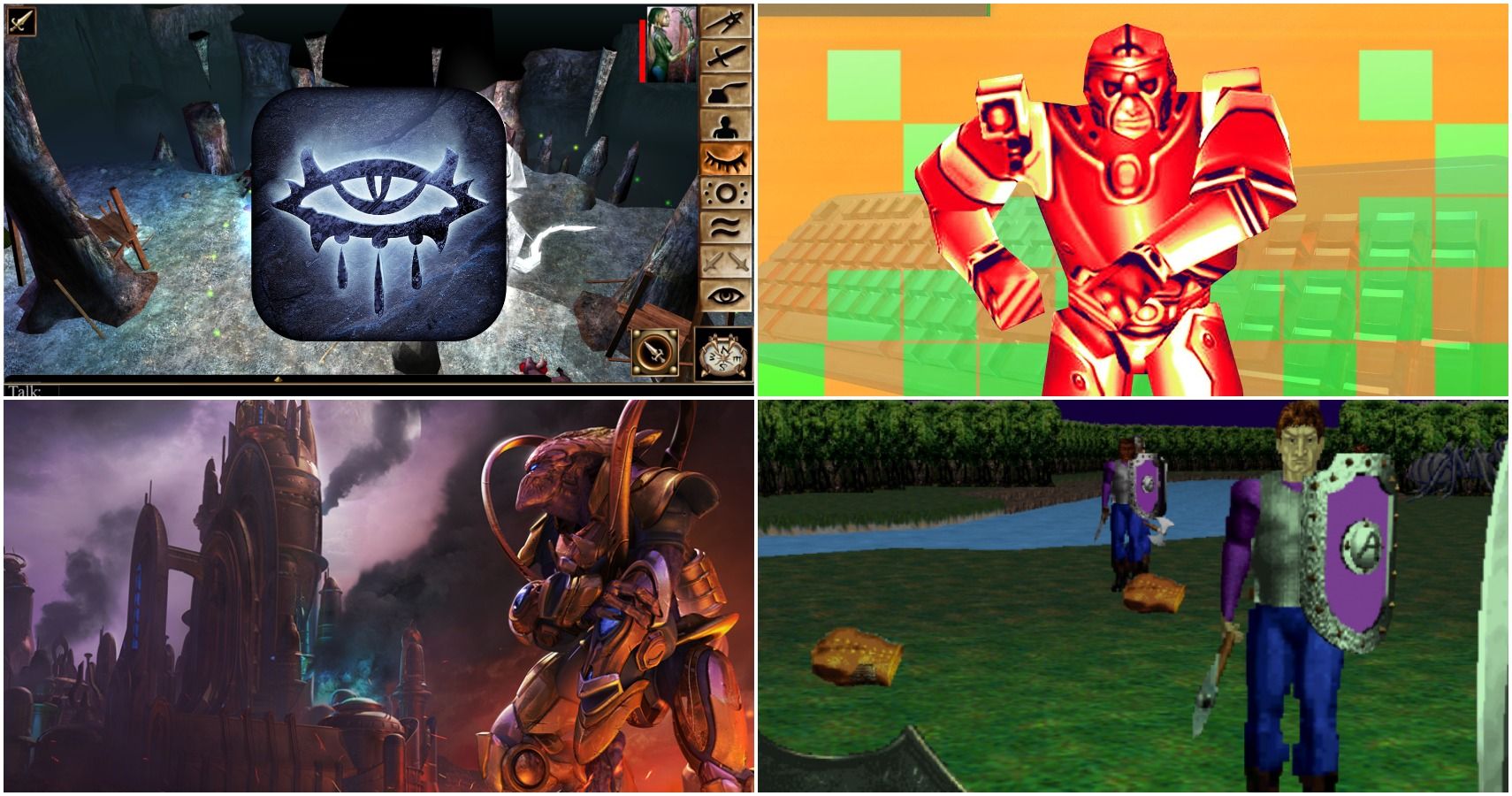
Single-player, non-online games aren't the norm when it comes to how people play games now. In fact, even some solo-campaign games require online connections for specific features. But before World of Warcraft and Final Fantasy XIV dominated the MMORPG scene and before Call of Duty dominated hard drive space, there were games like Starcraft. And even before that, there were ARPAnet games. In fact, there were even multiplayer games dating back to the 1940s.
Obviously, no one was logging on for a quick Battle Royale match in 1987. But video games that adopted or adapted to the internet each made their marks on the future of online gaming as an industry. From starting subscription services to hosting their own servers, these games pioneered online multiplayer games.
12 Neverwinter Nights (1991)
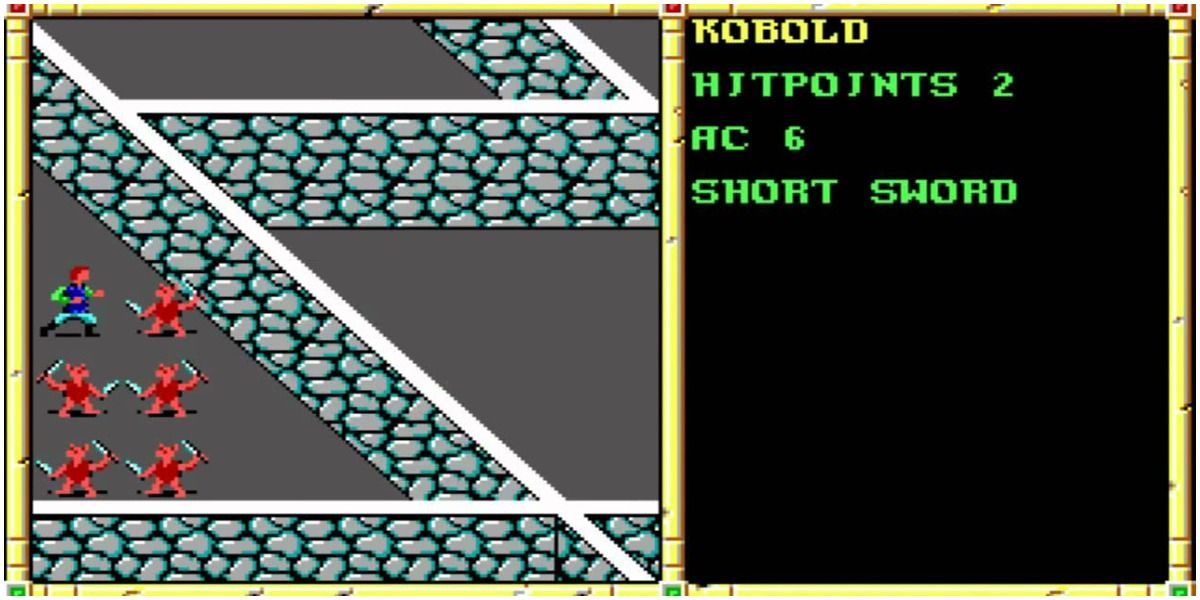
Long before Bioware broke hearts with an egg who called himself the Dread Wolf, they created the world's first game capable of online multiplayer. The internet officially launched in 1983, so online gaming was still in its infancy in the early 90s. Neverwinter Nights combined several key facets: third-person, RPG elements, a Dungeons and Dragons framework, and game hosting.
Each server allotted for up to ninety-six players, as well as a Dungeon Master. The game also included combat arena modules and persistent world modules. It lacked a global chat, but had individual chat rooms and truly set the tone for all online multiplayer games moving forward. Fun fact: the game also launched alongside America Online (AOL).
11 Doom (1994 - 1995)
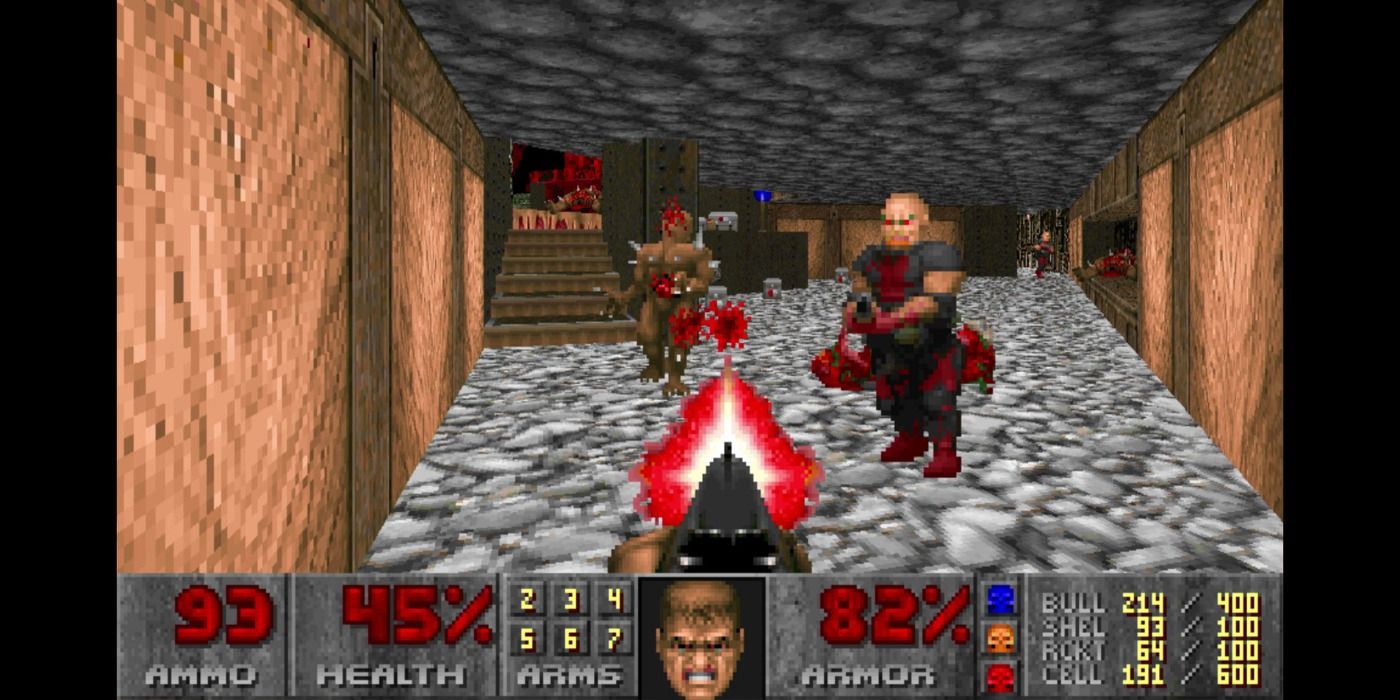
Though cheat codes aren't so popular anymore, they became a thing thanks, in part, to Doom's multiplayer. The original game launched in 1994 with LAN co-op and deathmatch modes. But the game released an online multiplayer update in 1996 using the DWANGO service. The "Dial-up Wide-Area Network Game Operation" worked as a matchmaking service as developed by a company in Houston, Texas. The service went on to fuel Doom II, Duke Nukem 3D, Shadow Warrior, and more.
Doom players eventually developed cheat codes for invulnerability, insta-kills, weapon unlocks, and more. Not only was this game a pioneer of online multiplayer, but it also sparked what would become a robust hacking movement within video games.
10 Meridian 59 (1996)
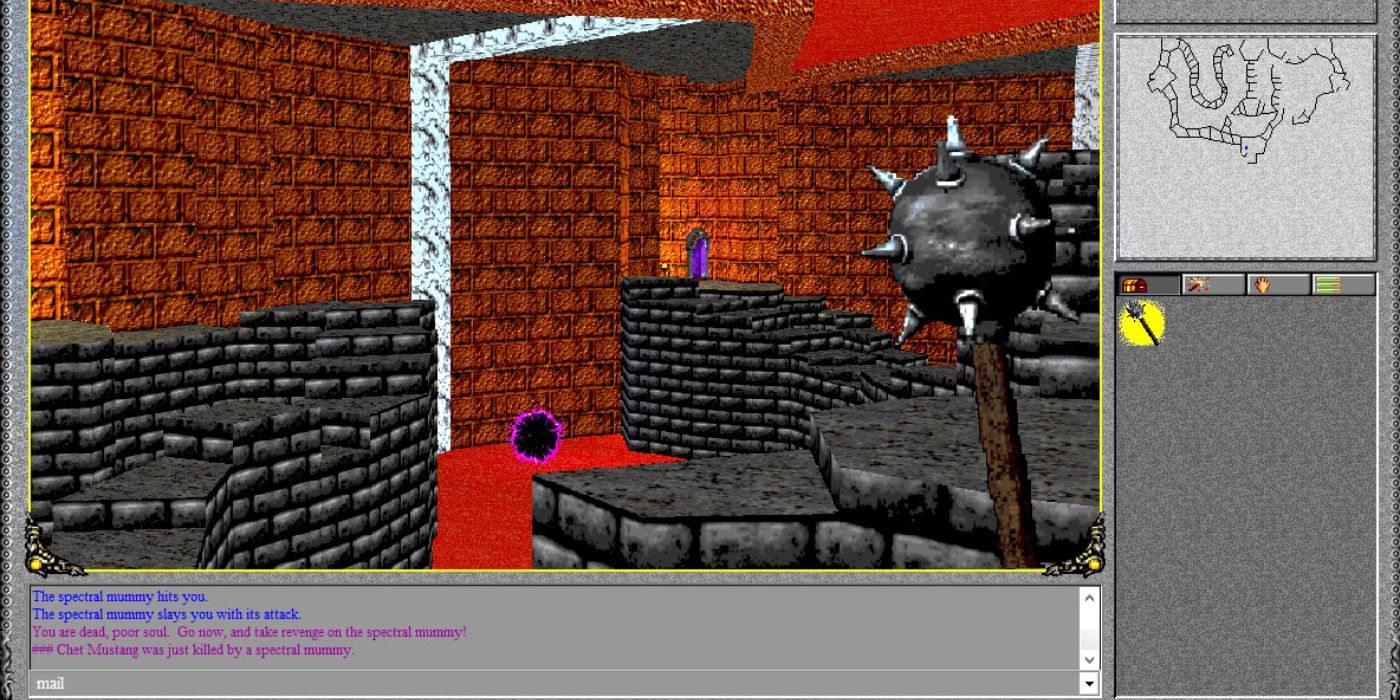
Meridian 59 came online in 1996 as one of the first "highly graphical multiplayer games" that also existed in a persistent world online. Though limited to 35 simultaneous players, many video game historians consider it to be the first game to adopt a monthly fee. Believe it or not, the game still operates today with a focus mainly on PvP gameplay.
The game puts players in a sword and sorcery setting as they adventure throughout the world. Many modern MMORPGs use features that Meridian 59 originally showcased. This includes a dynamic guild voting system, guild halls, in-game bulletin boards, customizable armor sigils, world expansions, an in-game mail system, and more.
9 Command & Conquer (1995 - 1996)
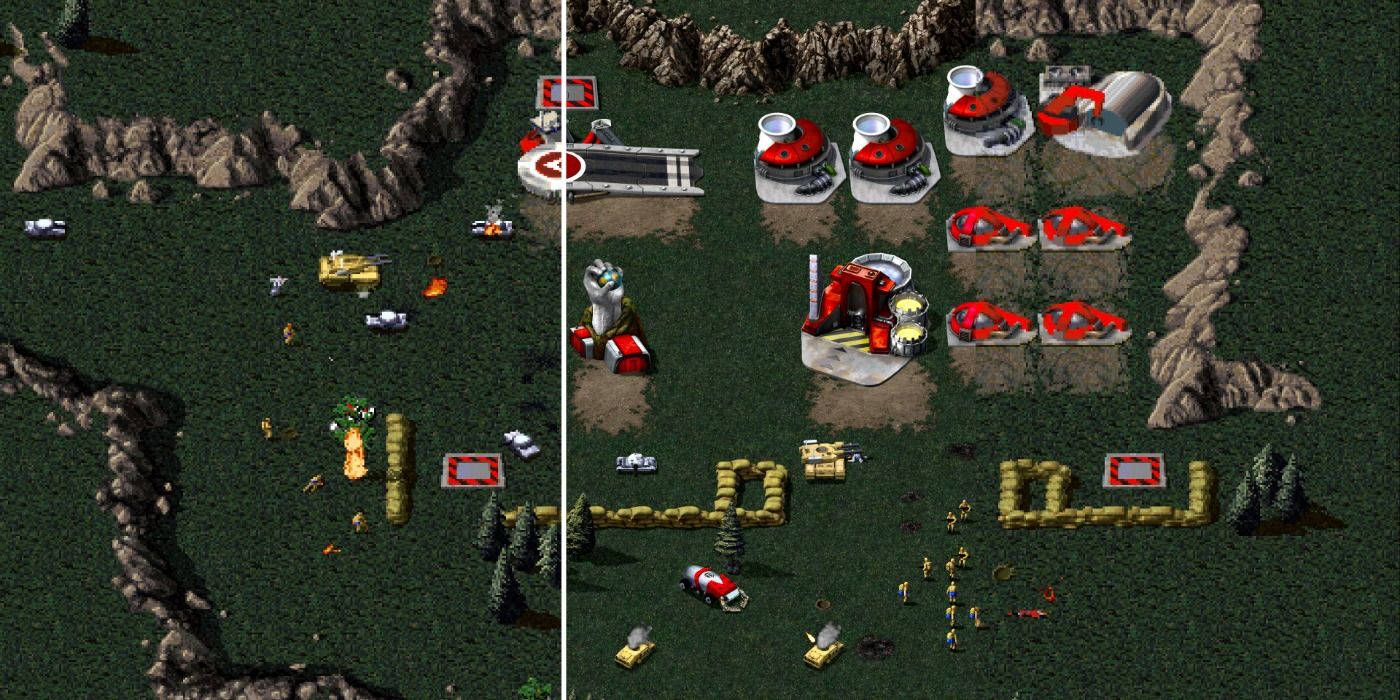
Not all online multiplayer experiences need to be role-playing games or arena shooters. This rings true throughout video game history, as well, as Command & Conquer shows. Though the online aspect did not release until 1996 with Command & Conquer Gold, this real-time-strategy game sticks out as one of the first to make online matches viable.
The re-release of the game also featured SVGA (super VGA) visuals. It achieved the "Computer Strategy Game of the Year" award at the first annual Interactive Achievement Awards in 1998.
8 Quake/QuakeWorld (1996 - 1998)
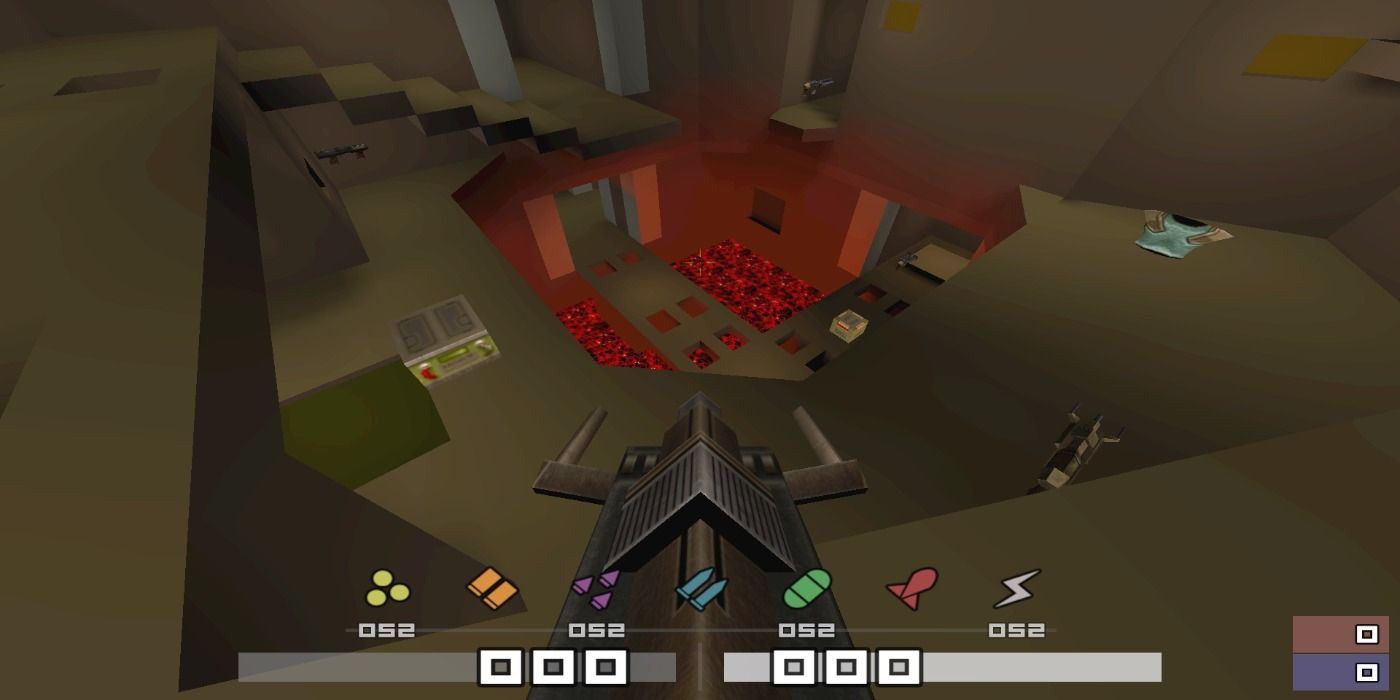
Quake might be one of the most well-known shooting games of all time. The original game offered incredible and real-time 3D graphics and was an early adopter of OpenGL 3D acceleration. It also featured a soundtrack by Trent Reznor of Nine Inch Nails.
But the iconic arena shooter did not get an online multiplayer mode until the QuakeWorld update. This allowed gamers to use dial-up modems for online matchmaking and released in 1998. Since then, it has spawned many sequels and mods including the original Team Fortress which started as a Quake add-on.
7 Age of Empires (1997)
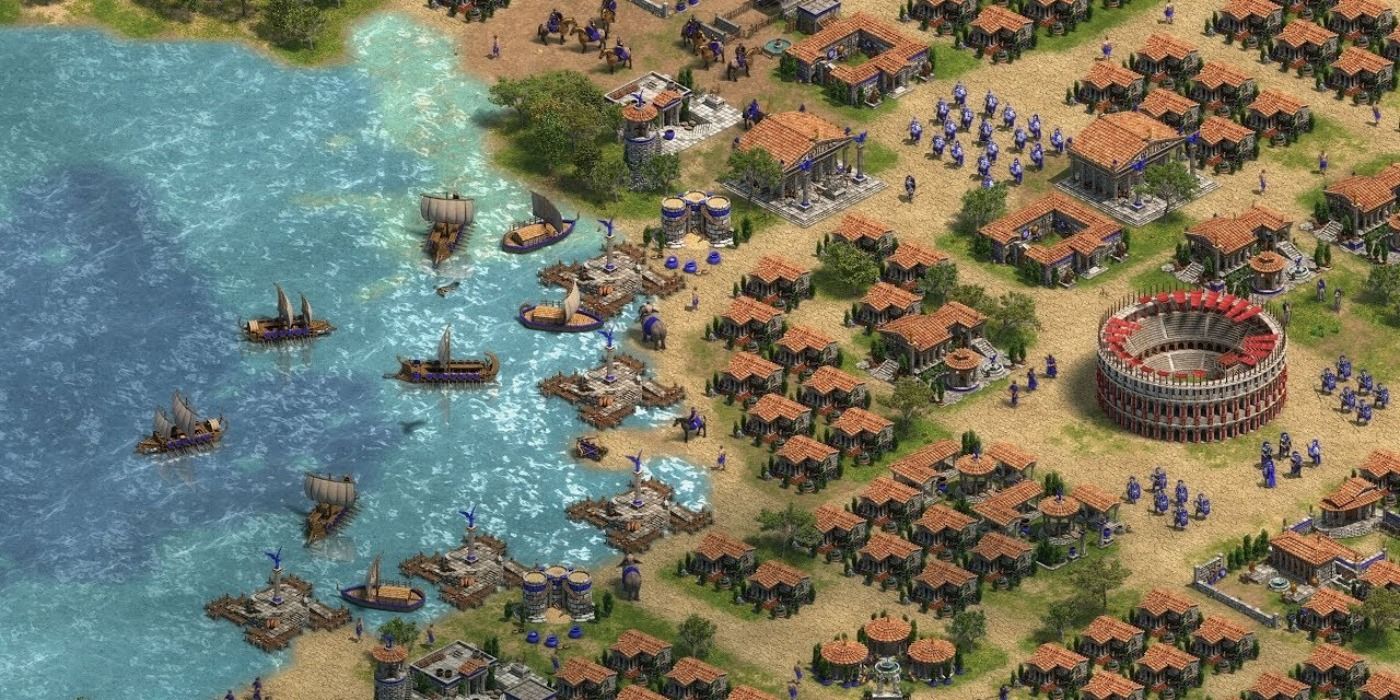
Thanks to remasters of games in the series, many gamers continue to play Age of Empires even today. But the game originally launched in 1997 allowing for up to 8 simultaneous players. Microsoft itself supported the online multiplayer with Microsoft Gaming Zone.
But this game stands out amongst the masses as one of the first to use Scenario Builders. Users could create their own custom scenarios and then submit them for others to download. Players also found that they could modify data files to release unused units like a spaceship or manipulate gameplay mechanics.
6 NetStorm: Islands At War (1997)
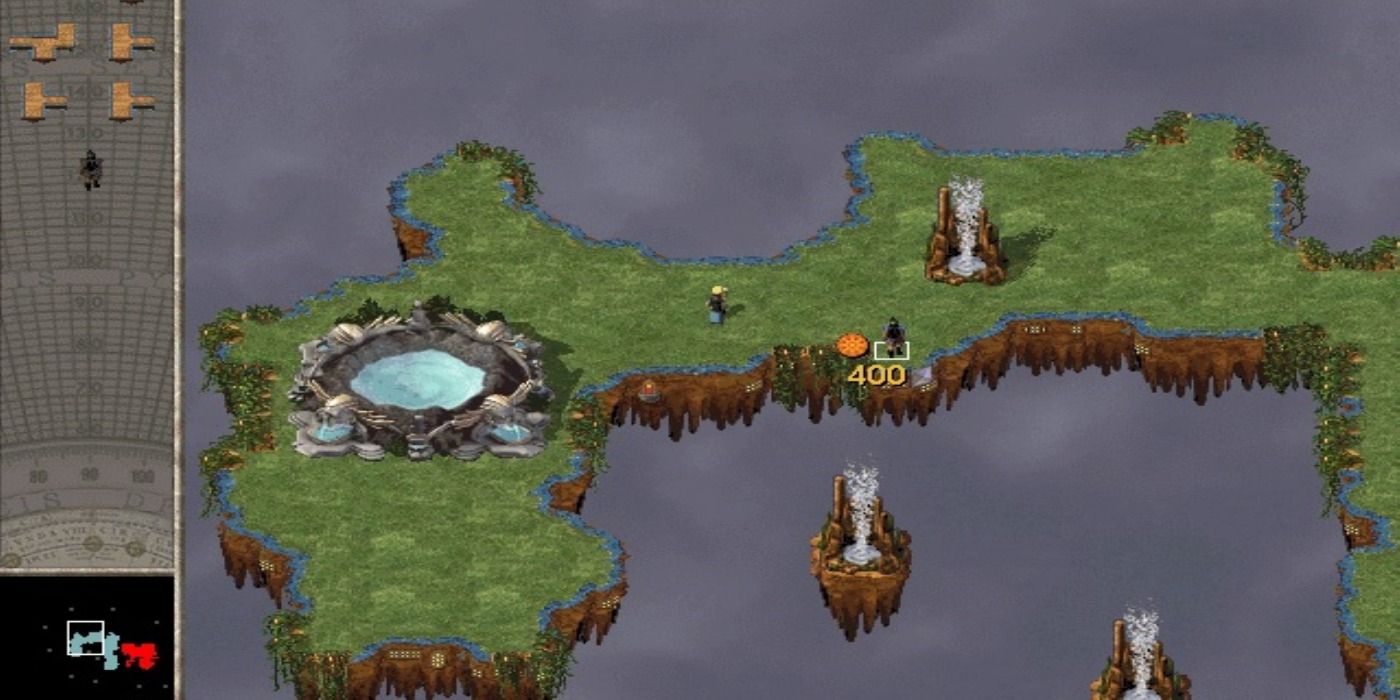
Developed by Titanic Entertainment, Activision published the RTS NetStorm: Islands At War in 1997. It featured an embattled world known as Nimbus and god-like beings known as "The Furies." Similarly to Age of Empires, it featured online play for up to 8 players in a game.
But this differed from past RTS game like Command & Conquer in that few moving units get used. Individual players control islands and a priest with the ultimate goal being to capture someone else's priest. The game maintains a large fandom with many calling the game ahead of its time. Legend has it that some servers remain active to this day.
5 Ultima Online (1997)
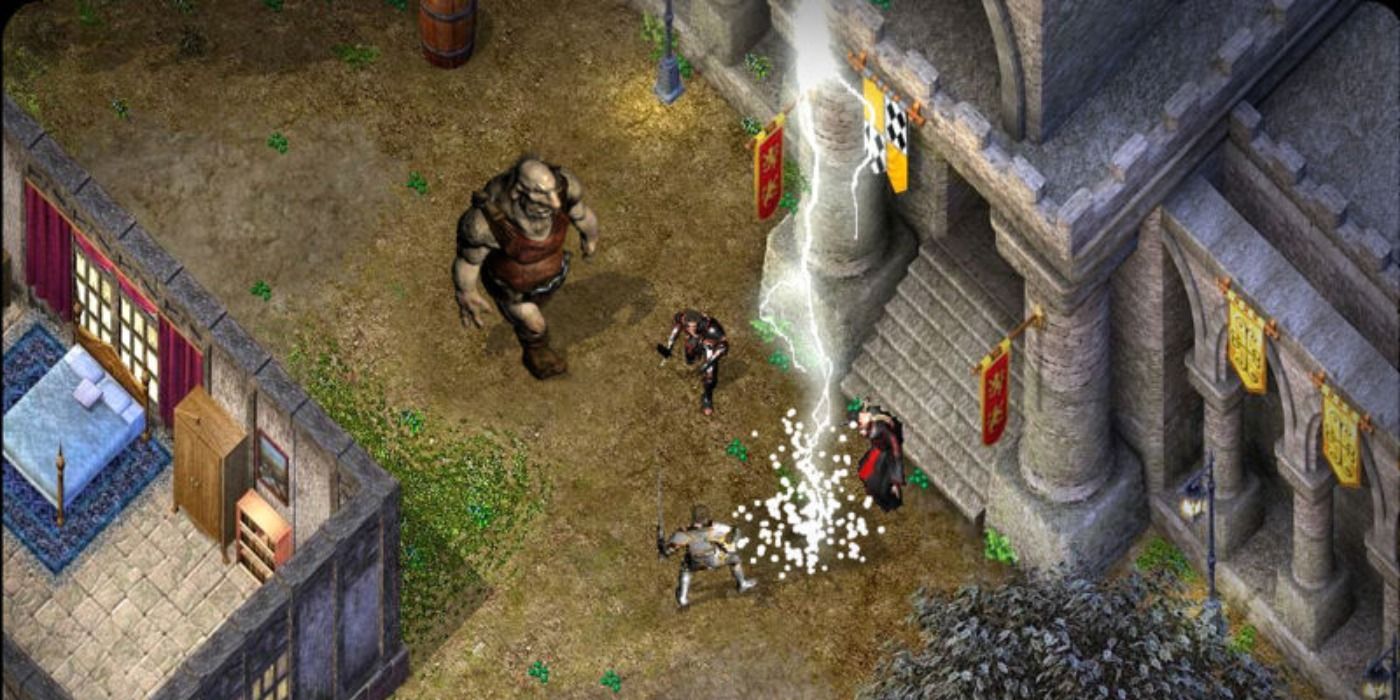
Despite World of Warcraft remaining one of the most popular MMORPGs, it was not among the first ones created. That honor goes to Ultima Online which still has servers and players active today; those interested in playing can do so for free. Though officially released in 1997, its roots date back to 1981 with many greats in early video game history attached like Rich Vogel and Raph Koster.
The game featured top-down 2D graphics, focused heavily focused on PvP gameplay, and was set in the universe of the Ultima games. Coincidentally, Bioware Mythic and EA are also attached to this series.
Each expansion added a new world (this might sound familiar to WoW players) and the developer studio, Origin, called the game a social experiment of sorts. They felt that the game needed to make players feel like the "center of attention" as with single-player experiences while also accounting for large-scale player interaction. The game is still around and has influenced many MMORPGs to date, so the developers' experiment worked.
4 Lineage (1998)
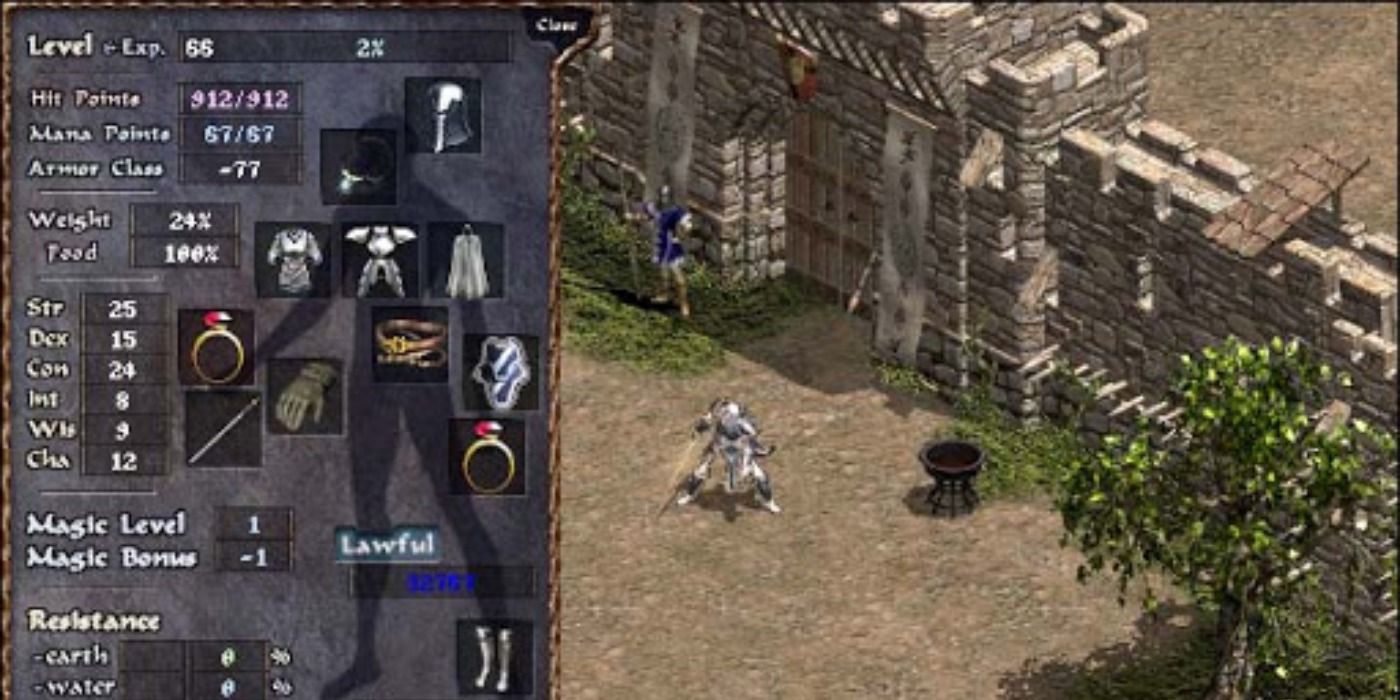
At the time, the small Korean studio called NCSoft launched Lineage with middling expectations. But the game exploded after its release in 1998, amassing up to three million subscribers at one point. The game is based on a Korean comic series sharing the same name and is the first in the Lineage series. It shares gameplay aspects with Diablo II and Ultima Online given its isometric, two-dimensional overhead graphics. But the game really excelled in adapting a clan vs. clan or world vs. world mechanic.
With an item, monster, and stat system largely taken from NetHack, the game also allows players to join "bloodpledges." Players play in groups against other groups in wars and sieges. Those interested in the game franchise can check out its sequel right now.
3 Starsiege: Tribes (1998)
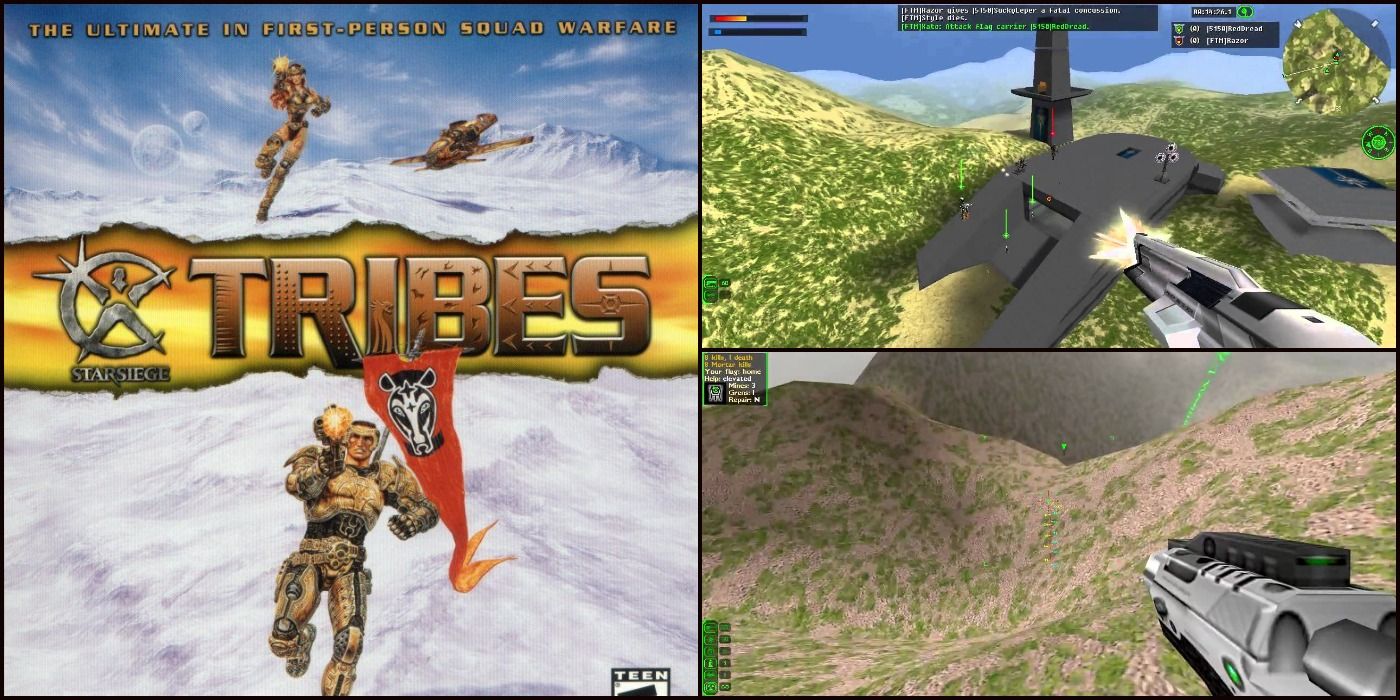
Unlike other games that had to add online multiplayer support, Tribes launched as an "online-only" first-person shooter action title. Not only did the game feature far-reaching outdoor environments and customizable characters, it also featured controllable vehicles, team-based mechanics, bot AI, and multiple game modes including deathmatch and capture the flag.
It follows the Metaltech: Earthsiege and Starsiege stories in the 40th century as developed by Dynamix. The game features 40 maps that could have different climates and terrain and players could have heavy, light, or medium armor. But the game's physics engine really helped it stand out as players developed different ways of moving that exploited the engine.
2 Starcraft (1998)
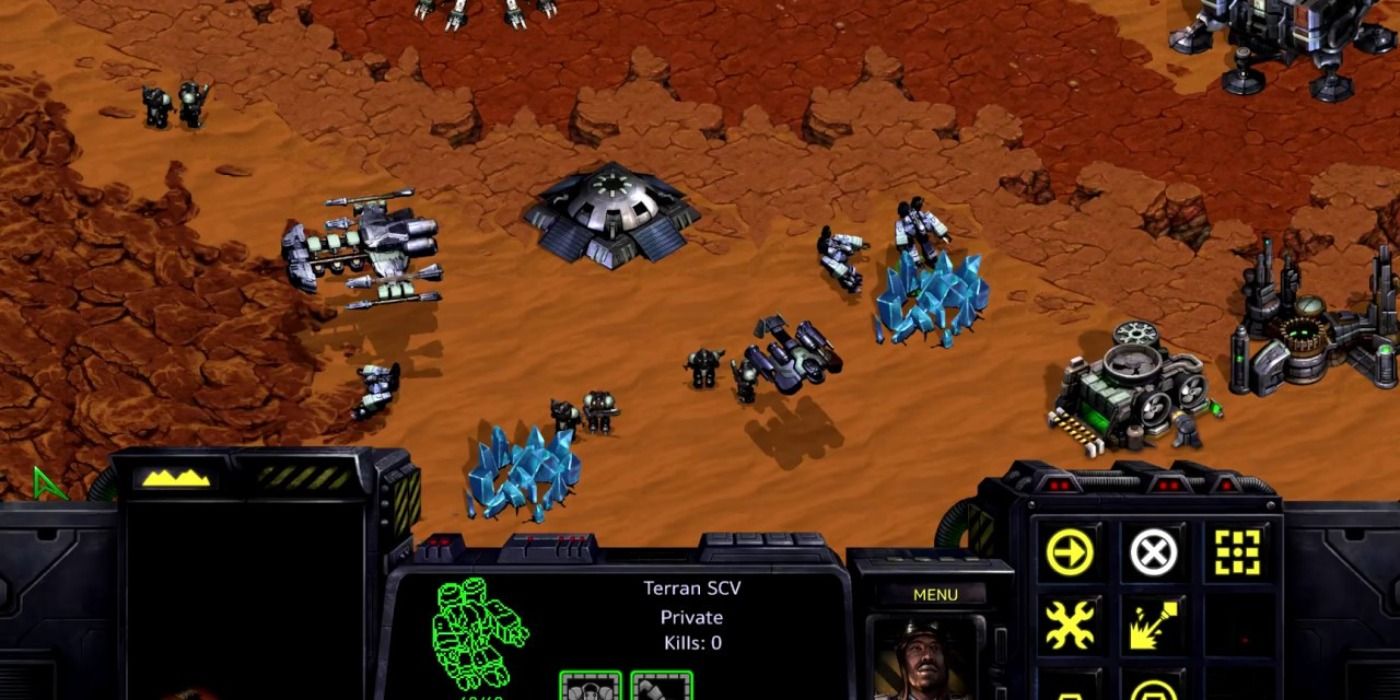
Blizzard had successful ventures long before WoW, but Starcraft remains one of the most memorable launch titles from the now-gargantuan studio. One of the most innovative things about the game was the fact that players had to use Blizzard's internet service client Battle.net to access it.
As had become standard by 1998, the game supported up to eight players, which could be divided into teams or plunged into a free-for-all, some complete with unique scripts and mechanics that essentially changed the very basis of the game. But Starcraft set itself apart with its sci-fi setting and "Ladder" play or a proto-ranked play. Moreover, the game also included features like football game simulations, bike races, and Zerg hunting competitions thanks to the game's powerful built-in map maker and the community's endless creativity.
It is no wonder that the remastered version of the game holds one of the highest Metacritic scores for MMORPGs to date.
1 Bonus: MUDs (Multi-User Dungeons)
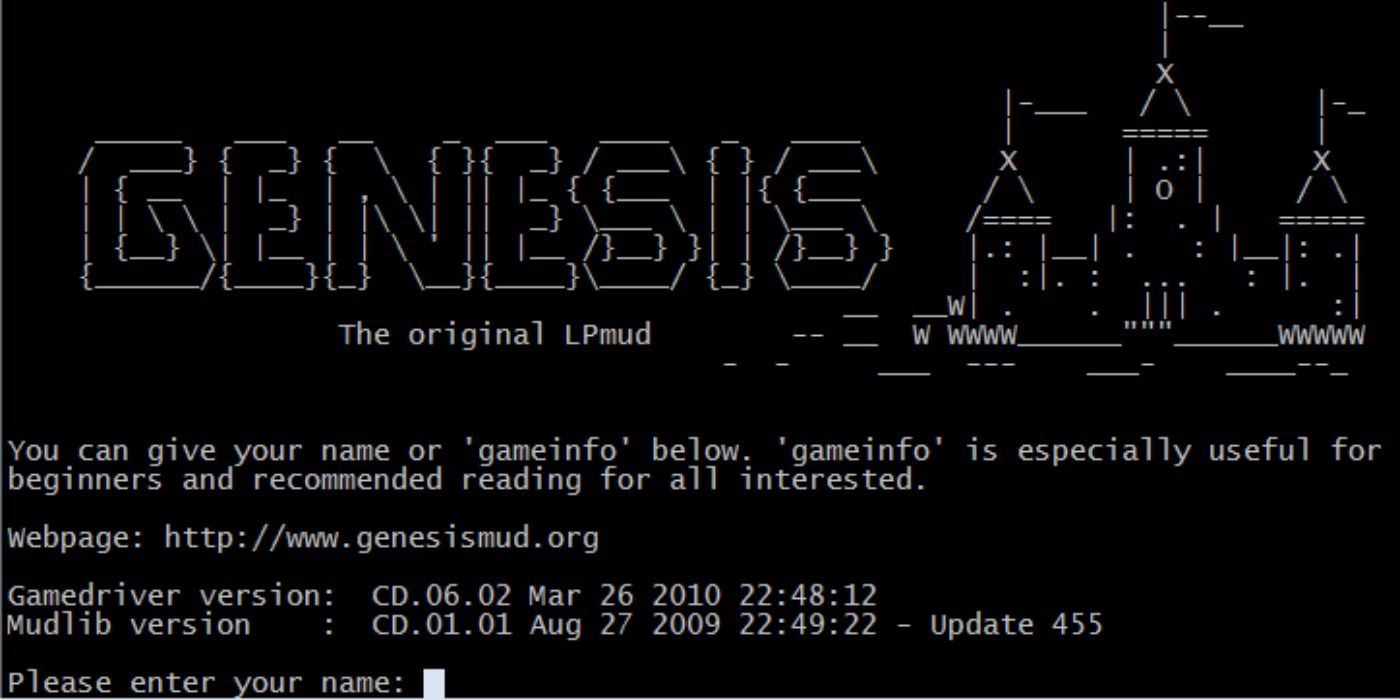
If games like Lineage and Ultimate Online paved the way for Everquest and WoW, then MUDs paved the way for those games and all MMORPGs. People created multi-user dungeons as access to the ARPAnet (Advanced Research Projects Agency Network used by the military and then universities) became more expansive. Due to the technical limitations of the era (1970s - 1990s), these games were largely text-based with later games featuring ASCII hex systems.
Some of the most notable titles included Armageddon (1991), Discworld (1991), Achaea (1997), and Island of Kesmai (1985) with a follow-up to it in 1996 called the Legends of Kesmai. These games often included role-playing elements such as monsters, fictional races, and dice-rolling mechanics. As the genre developed, science fiction worlds cropped up, as well as educational games, games based on media of the time, and chat environments.
For fans of video game history, MUDs are as historical as it comes.

Post a Comment